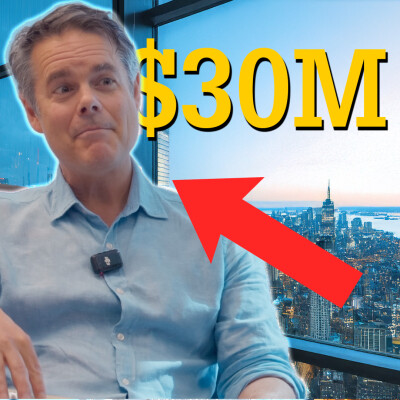Description
Subsidies are dangerous to water!
We almost never pay utility water at its real cost, and even less so in the poorest countries, where 89% of utilities don't recover their costs.
So how do these utilities reach breakeven? Well, with subsidies.
The problem is that these subsidies are very unevenly distributed.
Of the about 450 billion dollars given out annually, 26% go to the wealthiest 20% and only 6% to the poorest 20%. Said differently, the richer you are, the more public money you'll get.
And those water subsidies are a different burden, depending on the country's prosperity. For rich countries, it represents 0.06% of their GDP, while for low-income ones, it hovers around 2%.
When something becomes that expensive, you start looking for ways to discreetly cut costs: that's how wastewater treatment always gets underfunded.
The thing is that if utilities can't reach full cost recovery, their service quality will lower.
And don't worry, the richest will always be able to afford to switch to point-of-use treatments or bottled water.
But the poorest will suffer even more...
See: subsidies are dangerous to water!
Wanna dive deeper into the topic? Check out my conversation with David Lloyd Owen about the best and worst ways to achieve SDG 6
🎙️ PODCAST 🎙️
Website: https://dww.show/podcast/
Smartlink: https://smartlink.ausha.co/dont-waste-water
👋 SOCIAL MEDIA 👋
LinkedIn: https://www.linkedin.com/in/antoinewalter1/
Instagram: https://www.instagram.com/dwwpodcast/
Twitter: https://twitter.com/AntoineWalter7
Facebook: https://www.facebook.com/DontWasteWaterPodcast
Hosted on Ausha. See ausha.co/privacy-policy for more information.

![25 Years of Acquisitions Built This Water Tech Powerhouse [M&A] cover](https://image.ausha.co/6xHgWghhG8OqgQaZ4Jpi3EzqoqcC8w1w1vWw6qNl_400x400.jpeg)


